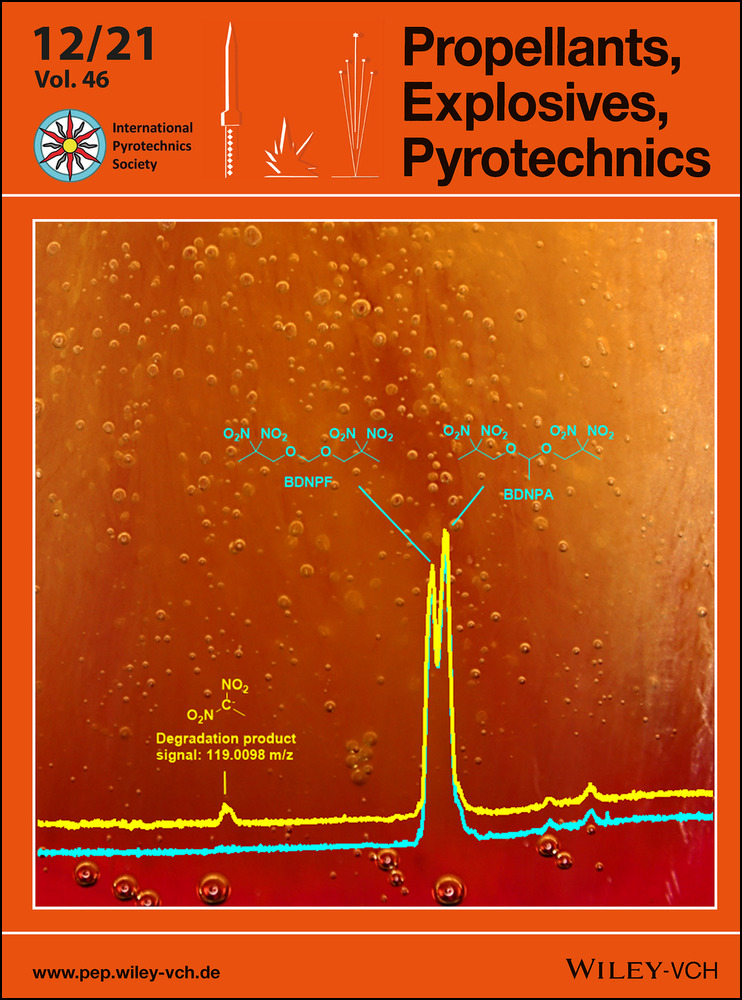The Influence of the Level of Load in the Mixer on the Processability and Mechanical Properties of the Solid Composite Propellant
Abstract
The present study evaluated the influence of the level of load in the mixer on the processability and mechanical properties of the solid composite propellant. The mixtures were processed with the same composition and process conditions but using different percentages of levels of the maximum mixing capacity of the mixer. Both vertical and horizontal types of mixers were used to verify the existence of an optimal level of operation and whether it would depend on the type of mixer adopted. Levels of 50 %, 60 %, 70 %, 80 %, and 90 % were adopted in each macerator. In terms of processability, the 70 % level for the horizontal macerator and the 60 % level for the vertical macerator was the most suitable ones. Regarding the mechanical properties, the optimal operating level to obtain propellants with better properties would be 60–70 % in the horizontal macerator and 70 % in the vertical macerator. The results were interesting as they demonstrated the influence of the level adopted on the final grain. In addition, it is necessary to avoid using the mixers close to their maximum capacity. Therefore, the mixer level should be considered in any rocket motor casting project, both in single-batch and multi-batch processes.
Open Research
Data Availability Statement
Data available in article supplementary material.




